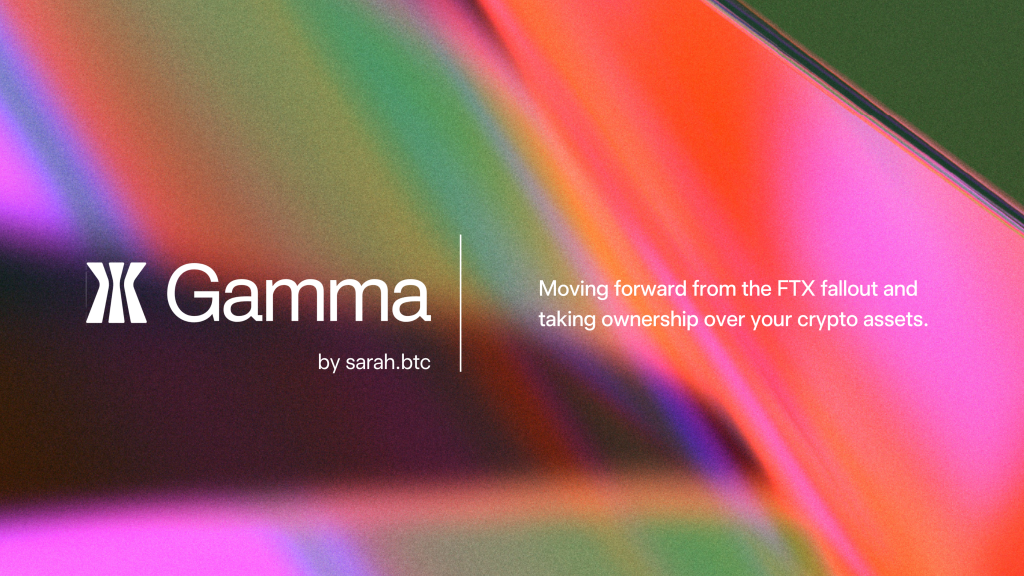From stamps and trading cards to now NFTs, the market for collecting and trading physical and digital items alike are flourishing. Every day, millions of people are collecting new things for little reason other than to collect them. But, why do we do it? Where does this inherent drive to collect stem from? Let’s explore the history behind collecting and how this culture has permeated into the digital NFT space.
Is there historical significance behind collecting?
Humans have been collectors for eons. From primitive times using cave paintings to collect memories, to modern baseball cards and other sporting memorabilia, people have always had an almost instinctive drive to gather and accumulate. Collecting can be seen as a way express one’s identity, and also may be a source of seeking belonging within a community. This is certainly the case in Web3, where the term “community” is no small thing. When you own something, you become a unique part of the wider collective ownership of that particular thing, whether it is a Pokemon card, a vintage spoon, or a sub-10k Ordinal inscription.
In a more traditional sense, humans collect to connect with and preserve their history and culture. For example, the British Museum in London was founded in 1753 as a way to preserve and display the artifacts collected by the physician and scientist Sir Hans Sloane. Today, the British Museum is home to over eight million historic objects. Museums in general provide a testament to the human desire to collect and preserve the past.
Why collect NFTs?
If you think about it, NFTs and Ordinals provide collectors with a way to connect themselves with digital history and culture. These digital collectibles are unique and publicly verifiable assets that can represent anything from art to music to ownership of digital land in the metaverse and beyond. Already, there are NFT and Ordinal collections which are considered historic — and Ordinals have hardly existed for three months as of writing this article. Humans have an innate desire to be the first to do something, and the markets show that we are actively attributing real world monetary value to these inscriptions and NFTs, collecting them with great pride and vivacity.
Humans also collect NFTs to express identity and taste. Collecting allows individuals to showcase interests and hobbies, and also to differentiate themselves from others. At Gamma, you can showcase your favorite NFTs on the first page your profile. This allows a user to display their growing digital identity, much like the profile picture they choose, further connecting themselves to a community or artist. In the physical world, the rise of stamp collecting in the 19th century allowed people to express their interest in travel and geography, as well as their status and wealth — much like one would use a profile picture from a well-known project like DeGods or Megapont.
How does collecting create a sense of belonging?
Humans collect as a way to seek a sense of belonging within a community. In Maslow’s hierarchy of needs, belonging and love are major factors for human motivations and behaviors. Collecting can be a social activity, and people take much pride in showing off their new “shiny” things. Think of that time someone left you a positive, adoring reaction on social media when you posted about an NFT you just purchased. To quote psychologist and author Katherine Ramsland, “collecting can be a way of exploring our interests, expressing our creativity, and connecting with others who share our passions.”
The human desire to collect is wide and varied. Connecting with the past, expressing identity and individuality, and seeking a sense of belonging within a community are just a few of the key reasons. With the lightning fast rise of digital technology, the new wave of collecting has emerged in the form of NFTs and Ordinals. Whether you’re collecting because you like the art, you want to be part of a community, or for any other reason, the market for digital collectibles will continue to grow, and you’ll continue discovering a special sense of belonging.




